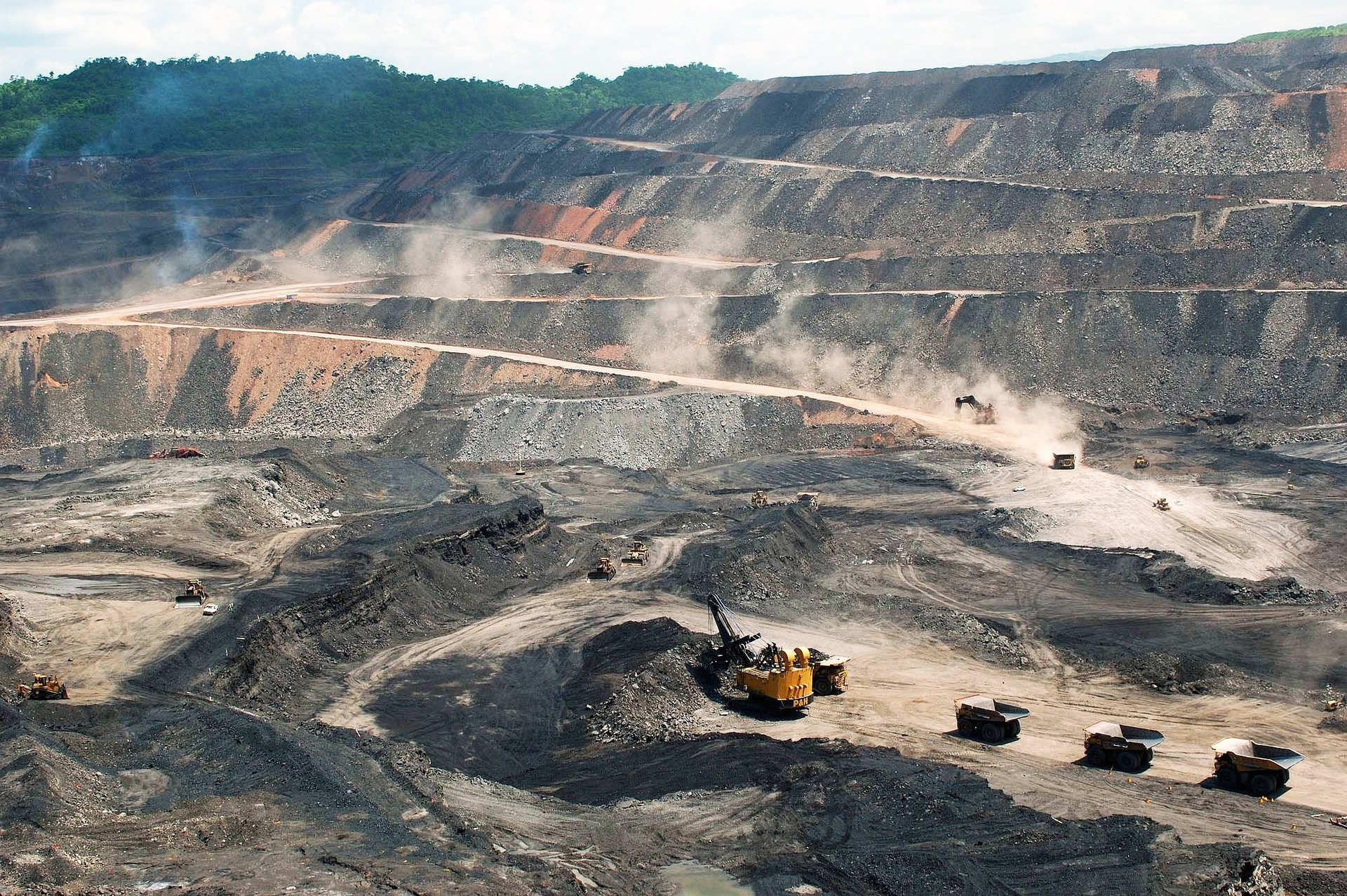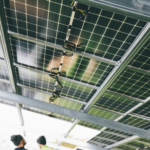Mining is a cornerstone of Western Australia’s economy, contributing significantly to the state’s prosperity. However, the sector is energy-intensive, with substantial environmental impacts due to power consumption and carbon emissions. Designing energy-efficient mining operations is crucial not only for sustainability but also for reducing costs and enhancing operational efficiency. Electrical engineering plays a vital role in this transformation, offering innovative solutions to meet the dual demands of productivity and sustainability.
This article explores key electrical engineering strategies for designing energy-efficient mining operations in WA, with a focus on renewable integration, advanced automation, optimised electrical systems, and smart energy management.
1. Renewable Energy Integration in Mining
Mining operations have traditionally relied on diesel generators or grid electricity, but renewable energy sources like solar, wind, and energy storage systems are transforming the landscape. Western Australia’s abundant sunlight and vast landscapes provide ideal conditions for renewable energy adoption.
Solar and Wind Power for Remote Sites
Remote mining sites often face high energy costs due to their distance from main power grids. By integrating solar panels and wind turbines, mines can generate a significant portion of their power needs on-site. Hybrid systems that combine renewables with conventional power sources offer a reliable, consistent energy supply while reducing dependency on diesel fuel.
Energy Storage Solutions
Energy storage systems, such as lithium-ion batteries, allow mining operations to store excess energy generated during peak renewable production periods. This stored energy can be used during periods of low generation, ensuring continuous power availability while minimising waste.
2. Automation and Electrification of Equipment
Automation and electrification are revolutionising the mining industry, enabling increased efficiency and reduced energy consumption. Electrifying mining equipment, such as haul trucks and drilling machinery, and integrating them into automated systems reduce fuel consumption and carbon emissions.
Electric Haul Trucks and Mobile Equipment
Traditional diesel-powered haul trucks are among the largest energy consumers in mining operations. Electric haul trucks, whether battery-electric or trolley-assist systems, offer a cleaner, more energy-efficient alternative. WA mining companies are increasingly adopting such solutions to cut fuel costs and lower emissions.
Autonomous Vehicles and Smart Machinery
Automation through autonomous vehicles and smart machinery enhances operational efficiency. Electrically powered autonomous trucks and drills use sophisticated sensors and AI to optimise routes, reduce idle times, and lower energy consumption. These systems can also operate continuously, improving productivity while conserving energy.
3. Optimising Electrical Systems
Efficient electrical system design is critical for reducing energy consumption in mining operations. By optimising power distribution networks, implementing smart monitoring systems, and upgrading aging infrastructure, mining companies can achieve significant energy savings.
Power Distribution Optimisation
Mining sites often have complex power distribution networks. Electrical engineers can optimise these networks by using advanced simulation tools to identify inefficiencies, optimise conductor sizing, and minimise transmission losses. High-efficiency transformers and variable frequency drives (VFDs) can also help reduce power losses in motor-driven systems.
Energy-Efficient Motors and Drives
Motors account for a large proportion of energy use in mining operations. Replacing older motors with high-efficiency models and installing VFDs to control motor speed can lead to significant energy savings. VFDs enable precise control of motor speed and torque, ensuring energy is used only when needed, especially in conveyor systems and pumps.
4. Smart Energy Management Systems
Advanced energy management systems (EMS) provide real-time data and analytics, enabling mining operations to monitor, control, and optimise energy usage. These systems ensure that energy is used efficiently across all processes, from crushing and grinding to ventilation and lighting.
Real-Time Monitoring and Analytics
By deploying smart sensors and IoT devices across mining sites, electrical engineers can collect data on energy consumption in real time. This data is analysed to identify inefficiencies, detect equipment malfunctions, and predict maintenance needs, reducing unplanned downtime and optimising energy use.
Demand Response and Load Shedding
EMS can implement demand response strategies, where non-essential loads are reduced during peak demand periods to prevent overloading and reduce energy costs. Load shedding strategies are particularly useful in remote mining operations where power supply is constrained, ensuring critical operations are prioritised.
5. Waste Heat Recovery and Cogeneration
Mining processes generate substantial waste heat, which can be captured and reused to improve energy efficiency. Electrical engineers can design systems that recover this heat and convert it into useful energy for other processes, such as heating water or generating electricity.
Cogeneration Systems
Cogeneration, or combined heat and power (CHP) systems, are highly effective in mining operations. They simultaneously produce electricity and thermal energy from the same fuel source, significantly improving overall energy efficiency. These systems can be integrated with existing processes to maximise energy use and reduce overall emissions.
6. Sustainability and Regulatory Compliance
Energy efficiency in mining is not only a cost-saving measure but also a key factor in meeting regulatory requirements and achieving sustainability goals. WA’s mining sector is under increasing pressure to align with national carbon reduction targets and international sustainability standards.
Carbon Reduction and Reporting
Electrical engineering solutions contribute directly to reducing carbon emissions, helping mining companies meet regulatory requirements and enhance their environmental credentials. Advanced monitoring and reporting tools ensure compliance with emission regulations and facilitate transparent sustainability reporting.
Collaboration with Government and Industry Initiatives
WA’s government and industry bodies are promoting initiatives to encourage energy efficiency and renewable adoption in mining. Collaborating with these entities enables mining companies to access grants, subsidies, and expertise to support energy-efficient projects.
Designing energy-efficient mining operations in Western Australia is no longer a vision of the future—it is a present-day necessity. Electrical engineering solutions play a pivotal role in achieving this by integrating renewable energy, automating and electrifying equipment, optimising power systems, and employing smart energy management practices.
At Partum Engineering, we are committed to helping mining companies in WA transition to more sustainable, energy-efficient operations. Our expertise in electrical engineering, combined with a deep understanding of the mining sector, ensures we deliver tailored solutions that meet both operational and sustainability goals.
Contact Partum Engineering today to learn how we can support your journey toward energy-efficient mining operations.
Reading Time: 3 minutes






